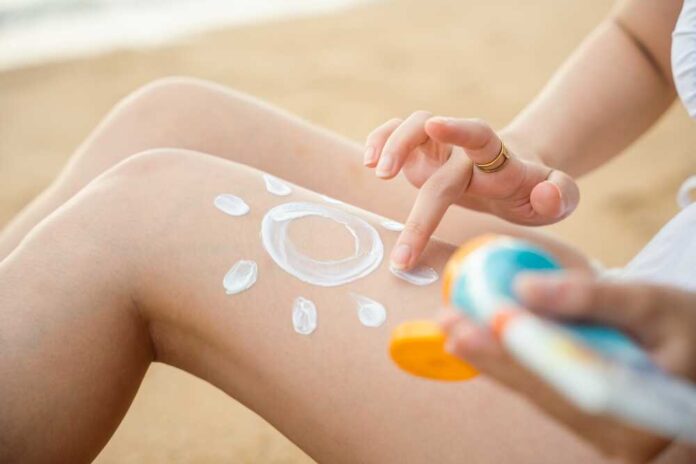
In our pursuit of that perfect summer glow, we often forget the potent and pervasive effect of the sun’s rays. It’s not just about avoiding a painful sunburn — the sun’s ultraviolet rays can lead to more serious health issues, such as skin cancer.
Selecting the right sunscreen isn’t simply a matter of grabbing the first bottle off the shelf. It involves understanding what makes a sunscreen safe and effective and aligning it with your specific needs and lifestyle.
Understand the SPF Rating: The Balance Between Protection and Exposure
The Sun Protection Factor (SPF) isn’t just a random number. It indicates the level of protection the sunscreen offers against UVB rays, which can cause sunburn and contribute to skin cancer. But it’s essential to know that SPF 30 doesn’t mean double the protection of SPF 15. While SPF 15 filters about 93% of UVB rays, SPF 30 filters around 97%, and SPF 50 about 98%. Health guidelines recommend that you choose a sunscreen with at least SPF 30 for adequate protection.
Check for Broad Spectrum Protection: Guarding Against UVA and UVB
While UVB rays cause sunburn, UVA rays penetrate the skin more deeply and are associated with aging and long-term skin damage. A sunscreen labeled as “broad-spectrum” protects against both UVA and UVB rays, ensuring complete coverage. This dual protection helps maintain your skin’s youthful appearance and minimizes health risks.
Consider Water Resistance: Safety While Swimming and Sweating
Water-resistant sunscreens can maintain their SPF protection while you swim or sweat. But don’t be misled by the term “waterproof” — no sunscreen is entirely waterproof. Always reapply water-resistant sunscreen after swimming or excessive sweating to ensure ongoing protection.
Look for Safe Ingredients: Know What’s Inside the Bottle
Not all sunscreens are equally safe and effective. Some contain ingredients that are known to be harmful to your health or the environment. Look for sunscreens that avoid ingredients like oxybenzone and octinoxate, which can disrupt hormones and harm coral reefs. Many health guidelines recommend mineral-based sunscreens with ingredients like zinc oxide or titanium dioxide that sit on the skin’s surface (rather than being absorbed) to physically block rays.
Match Your Skin Type: Personalized Protection
Sunscreen isn’t one-size-fits-all. If you have sensitive skin, look for sunscreen products designed specifically for your skin type. Sunscreens formulated for children or those with hypoallergenic labels can be less irritating and more suitable for sensitive skin.
Mind the Expiration Date: Freshness Matters
Sunscreen’s protective ingredients can degrade over time, reducing its efficacy. Always check the expiration date, and if it’s past due or the sunscreen appears separated or has changed color, it’s time to replace it.
The Shielding Embrace of Knowledge
In a world saturated with choices, picking the right sunscreen is an exercise in understanding and wisdom. By considering these factors, you equip yourself with a shield against the sun’s rays. It’s not just about looking good. It’s about preserving your health, your beauty, and the world around you.






















